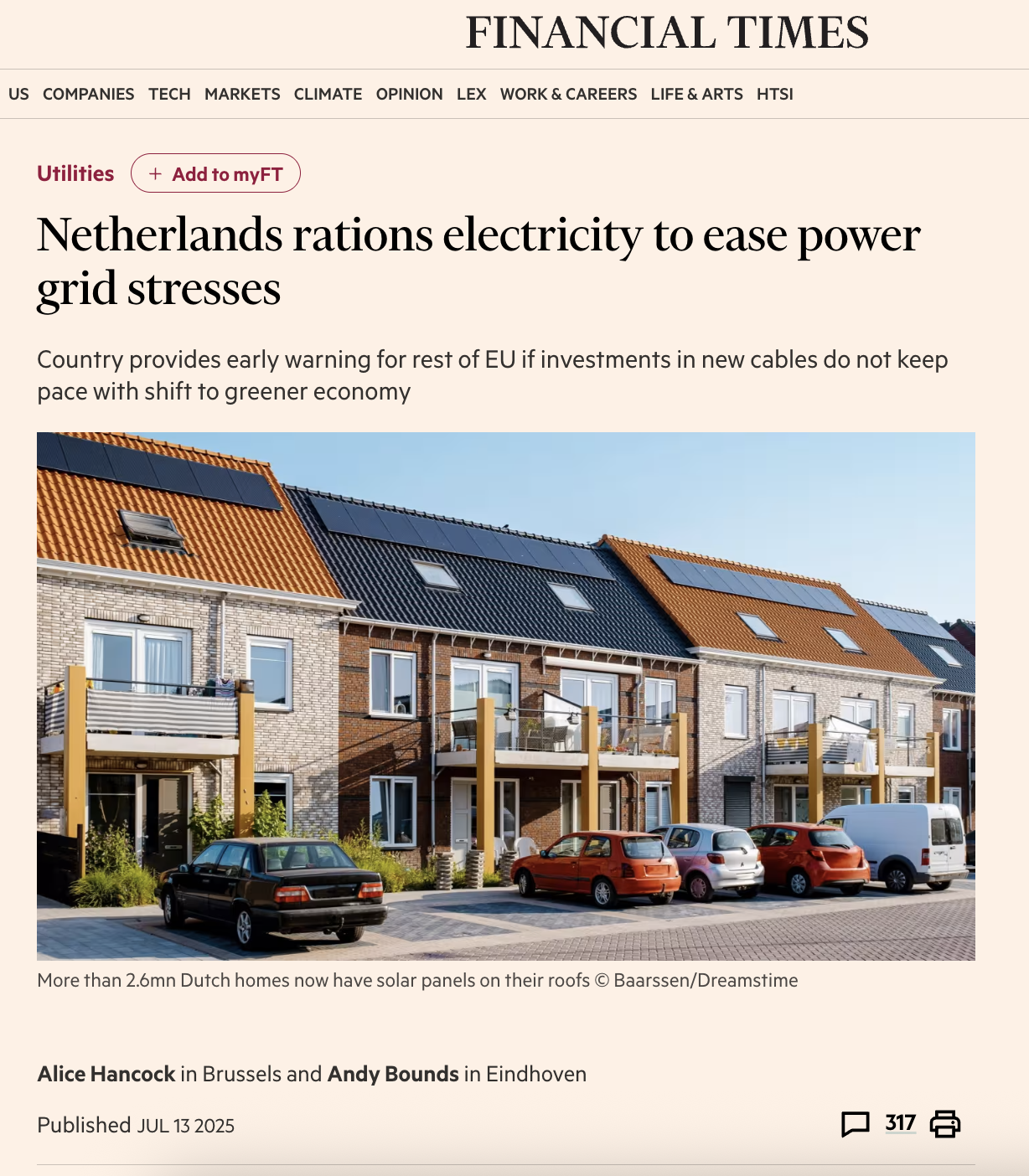Imagine seeing the Lincoln Memorial surrounded by churning Potomac waters, or only being able to access the Pentagon by boat.
This is what D.C. might look like if the world continues its current greenhouse gas emission levels: https://t.co/tFInyS9ZFi pic.twitter.com/brDlcdk63p
— DCist (@DCist) October 21, 2021
This Is What Climate Change Will Look Like In D.C.
The Lincoln Memorial would eventually be on an island in the Potomac River, if world keeps burning fossil fuels.
The Lincoln Memorial, on an island surrounded by churning Potomac waters; Nationals Park, a bathtub surrounded by mid-rise office buildings flooded by the Anacostia River; the Pentagon, accessible by boat, with State Route 110 and the George Washington Memorial Parkway underwater.
These are images of the possible climate-change-induced future in D.C., if the world continues on its current trajectory of greenhouse gas emissions.
“The decision that we’re all making right now is which trajectory we’re going to take,” says Andrew Pershing, director of climate science with the nonprofit Climate Central. The group published a peer-reviewed research paper documenting the longterm threat that sea-level rise poses to the world’s coastal cities. As part of the project, the group generated images of at-risk cities around the globe, with projections of future sea-level rise, depending on emissions trajectories.
If the world continues on the current emissions pathway, we can expect roughly 3 degrees Celsius (5.4 degrees Fahrenheit) of warming by the end of this century. The Paris Climate Agreement aimed to limit warming to 1.5 or 2 degrees Celsius.
“

 Jacob Fenston
Jacob Fenston
